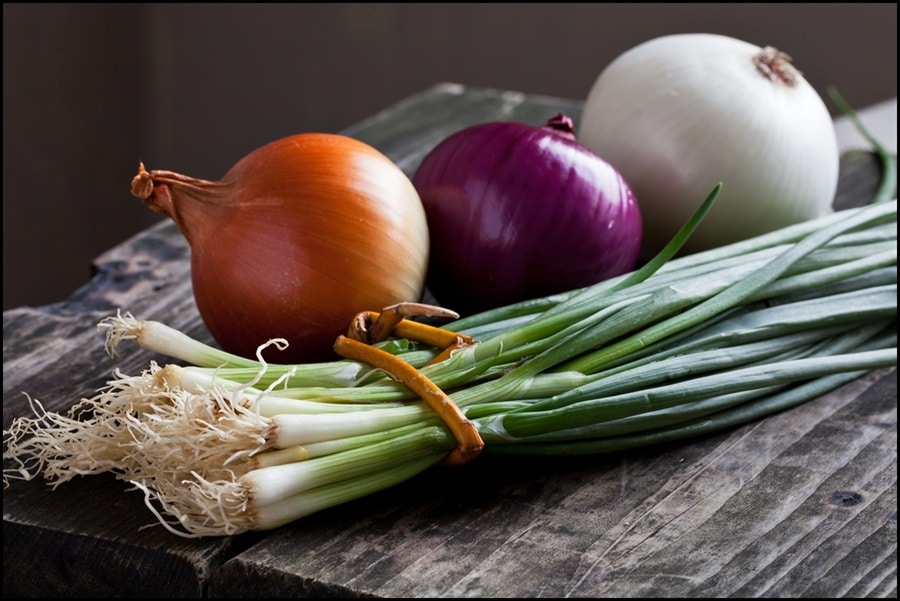Ginger, a root with a sharp, refreshing taste and countless health benefits, has been a staple in culinary and medicinal practices worldwide. Its unique flavor and healing properties make it a versatile addition to any diet. From aiding digestion to reducing inflammation, ginger packs a powerful punch in a small package. This article explores various creative and healthful ways to incorporate ginger into your daily routine, offering insights for novice cooks and seasoned culinary enthusiasts alike. Discover the wonders of this ancient root and how it can enhance both the flavor of your meals and the quality of your health.
Contents
Understanding Ginger’s Health Benefits

Ginger is not just a flavorful spice; it’s a powerhouse of health benefits. Its active component, gingerol, is responsible for many medicinal properties, including anti-inflammatory and antioxidant effects. Regular ginger consumption can aid digestion, soothe upset stomachs, and even alleviate nausea. Additionally, studies suggest ginger may help reduce muscle pain, lower blood sugar levels, and improve heart disease risk factors. Its immune-boosting properties are particularly useful, making ginger a go-to remedy during cold and flu season.
The nutritional profile of ginger is equally impressive. It is low in calories but rich in vitamins and minerals. Ginger contains small amounts of vitamin B6, magnesium, and manganese, essential for overall health. Its bioactive compounds, such as gingerol, have been linked to various positive health outcomes, making it a highly beneficial addition to a balanced diet. Whether consumed fresh, dried or as a supplement, ginger provides a natural, therapeutic boost to your daily nutrition.
Selecting and Storing Ginger

Selecting the best ginger involves looking for smooth, firm roots with a spicy aroma. Fresh ginger should be free of wrinkles and mold. While dried and ground ginger offers convenience, fresh ginger root provides the most robust flavor and health benefits. When purchasing ginger, choose pieces that feel heavy and have a fresh, spicy scent.
Proper storage of ginger is crucial to maintaining its freshness and potency. Fresh ginger can be stored in the refrigerator for up to three weeks if left unpeeled. Peeled and sliced ginger can be frozen in an airtight container for several months. Dried ginger should be kept in an airtight container in a cool, dark place. By storing ginger correctly, you can ensure that its unique flavor and health benefits are preserved.
Preparing Ginger for Culinary Use

Preparing ginger for cooking can greatly influence the flavor it imparts to dishes. The first step is washing and peeling the ginger; a spoon can easily scrape off the skin. Once peeled, ginger can be grated, sliced, or minced, depending on the recipe. Grateing ginger releases more juice and flavor, ideal for sauces and marinades. Slicing ginger thinly is perfect for infusing soups or teas, while mincing is best for stir-fries and other dishes where ginger is a key flavor component.
Maximizing ginger’s flavor also involves understanding its cooking behavior. Cooking mellows ginger’s sharpness and intensifies its sweetness, making it ideal for longer-cooking dishes like stews and braises. Add ginger at the end of the cooking process for a more intense flavor. Balancing ginger with other spices and ingredients is key to achieving the desired flavor profile in any dish. Ginger can transform your meals ‘ taste and nutritional value, whether used as a dominant flavor or a subtle accent.
Incorporating Ginger in Beverages

Ginger adds a refreshing and healthful twist to many beverages. One of the most popular ways to enjoy ginger is in the form of ginger tea. This simple yet powerful drink can be made by steeping sliced ginger in hot water, and it’s known for its soothing effects on the digestive system. For a more flavorful twist, adding lemon, honey, or mint can enhance the tea’s taste and benefits. Ginger tea is a natural remedy for colds and flu, relieving sore throats and congestion.
Smoothies and juices are another great way to incorporate ginger. A small ginger can add a zing to any smoothie, balancing the sweetness of fruits like bananas or berries. Ginger pairs well with citrus fruits and leafy greens, creating a nutrient-packed beverage that boosts immunity and provides a refreshing taste. For those who enjoy a bit of creativity in their drinks, ginger can also be included in homemade cocktails, providing a spicy kick to both alcoholic and non-alcoholic mixtures.
Using Ginger in Main Dishes

Ginger is a versatile ingredient in savory cooking, adding a unique flavor and health benefits to various dishes. It is commonly used in Asian cuisine, particularly in stir-fries, where its pungent taste complements the flavors of soy sauce, garlic, and sesame oil. Ginger also works well in marinades, tenderizing meat and infusing it with flavor. For vegetarian dishes, ginger adds depth to lentil soups, curries, and vegetable stir-fries, making it an essential ingredient in plant-based cooking.
Ginger is a versatile ingredient in many culinary traditions, not just Asian cuisine. It pairs well with sweet and savory ingredients, making it a great addition to Moroccan tagines or Indian curries. Fresh ginger can add a zesty flavor to fish dishes or roasted vegetables. The key to using ginger in main dishes is balancing its strong flavor with other ingredients, ensuring it complements rather than overwhelms the dish.
Ginger in Baking and Desserts

Ginger is not limited to savory dishes; it also shines in baking and desserts. The most famous example is gingerbread, where ginger’s spicy warmth is the star ingredient. In baking, ginger can be used fresh, dried, or crystallized, each form offering a different intensity and texture. Ginger pairs well with cinnamon, nutmeg, and cloves, creating a delightful spice blend for cookies, cakes, and pies.
In desserts, ginger offers a unique twist. Candied ginger can be chopped and added to fruit salads or ice cream for a spicy-sweet flavor. Ginger also complements chocolate well, adding an intriguing depth to chocolate cakes or truffles. When using ginger in desserts, it’s important to balance its spiciness with sweetness, creating a harmonious and indulgent treat.
Ginger as a Supplement

In addition to its culinary uses, ginger is widely consumed for its health benefits in supplement form. Ginger supplements, available as capsules, powders, or extracts, offer a convenient way to enjoy ginger’s medicinal properties. They are particularly useful for those who may not enjoy the taste of ginger but still want to reap its health benefits. Supplements are often used to aid digestion, reduce nausea, and combat inflammation.
However, ginger supplements should be approached with caution. They should be used in recommended dosages, and it’s advisable to consult with a healthcare provider before starting any supplement regimen, especially for individuals with existing health conditions or those taking medications. While supplements offer a concentrated form of ginger’s benefits, they should complement, not replace, a balanced diet.
The Bottom Line
Ginger’s distinctive flavor and many health benefits make it a valuable addition to any diet. This article has explored various ways to incorporate ginger into daily meals and routines, from refreshing beverages and hearty main dishes to medicinal supplements and even skincare. Embracing ginger in its various forms enhances the flavor of food and contributes to overall health and well-being. Whether used for its taste or therapeutic properties, ginger is a versatile and powerful ingredient that deserves a place in every kitchen.


